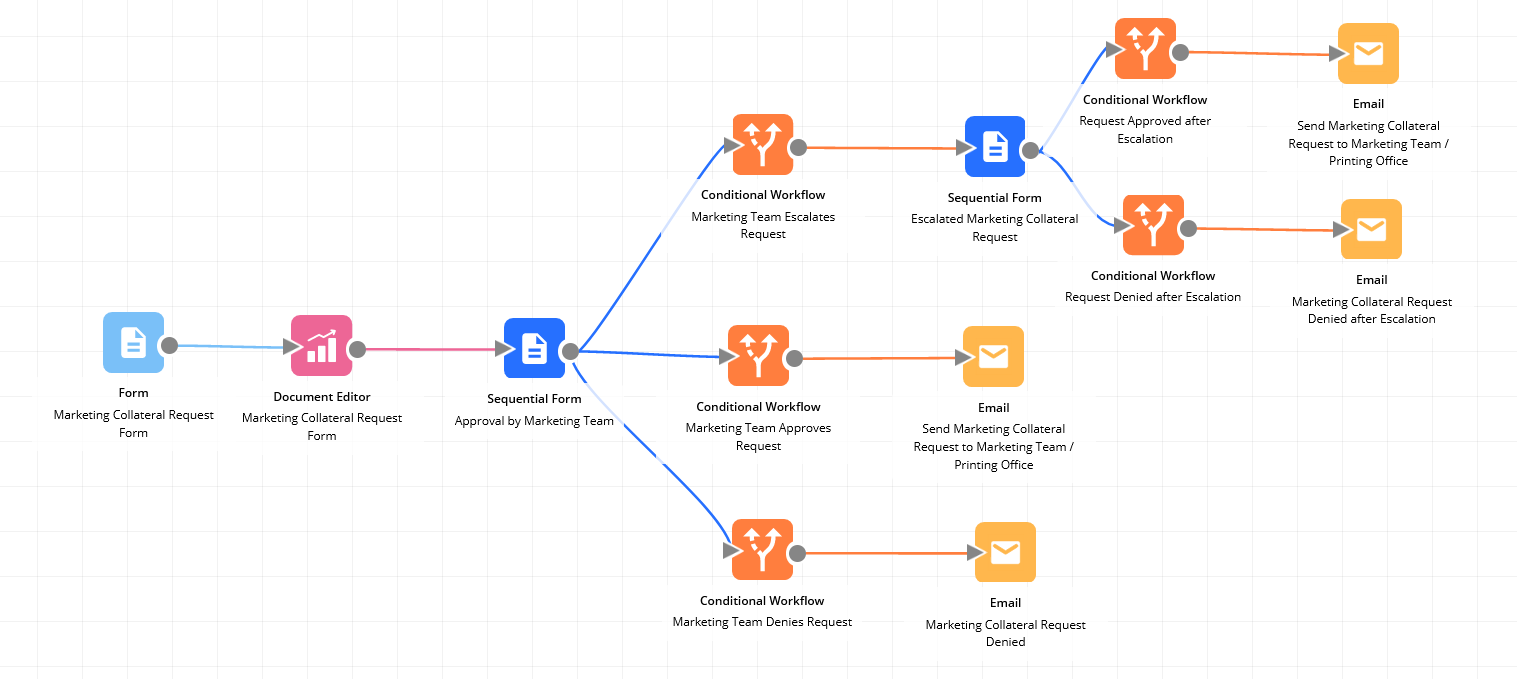🚨 A major change to how you build workflows
🍝 Untangling your workflows


❗ Connections are no longer required to access placeholders
❌ Old model
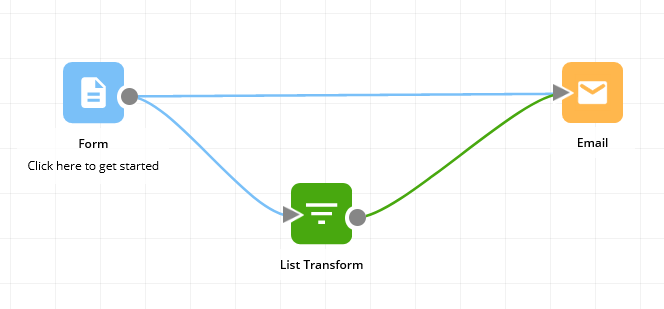
Under the new model, placeholders from the Form will be passed into the Email via the List Transform. So if we were to update the example above, we can remove connection between the Form and Email because it is now no longer required:
✅ New model
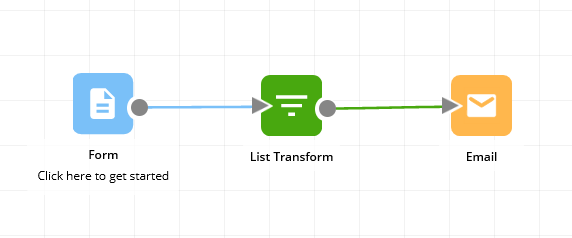
Here’s another example. Under the new model, the Email at the end of the workflow below will now have access to the placeholders from the Form, Conditional Logic, and List Transform because the List Transform passes the placeholders from itself and all the previous components to the Email.
✅ New model

Under the old model, the workflow would have to look like this to achieve the same thing:
❌ Old model
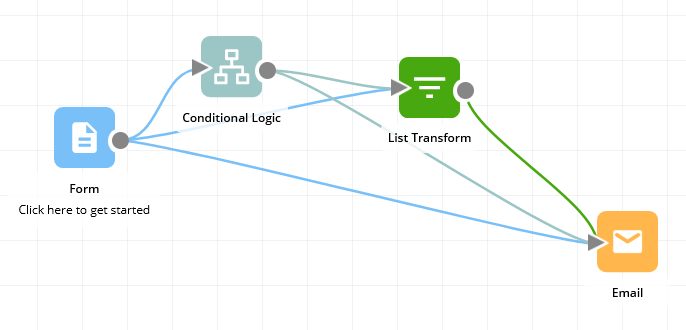
😌 Clearer and easier to understand workflows
One benefit of this change is that your workflow canvas can now be built a lot clearer and less convoluted, particularly as the workflow gets more complex and contains more components. You now only need to connect one component to another when you want to set one component to run after the other.
So you workflows can go from looking like this:
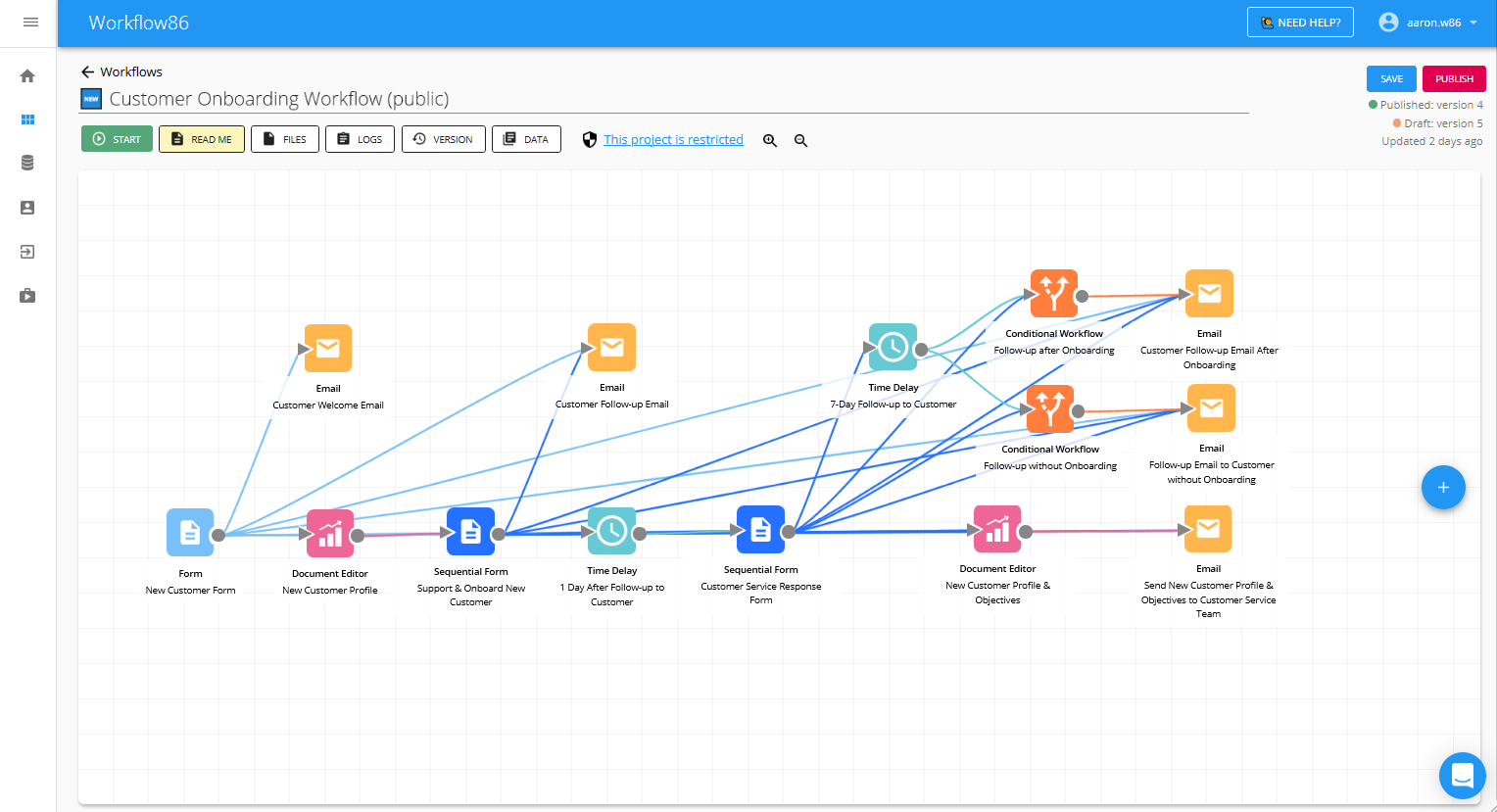
To looking like this:

❌✅ Before and after examples
Here are a few more before and after examples which show what a massive impact this change can have on a workflow.
❌ Before

✅ After
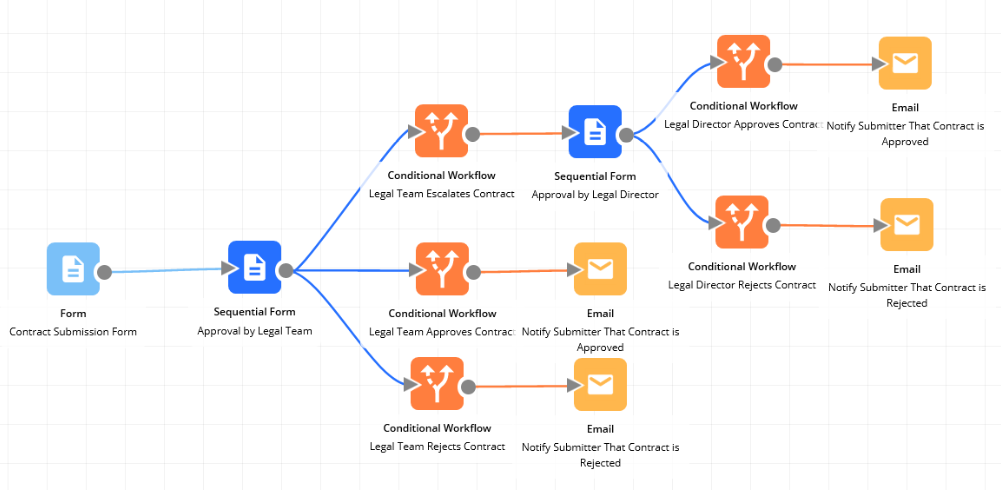
❌ Before
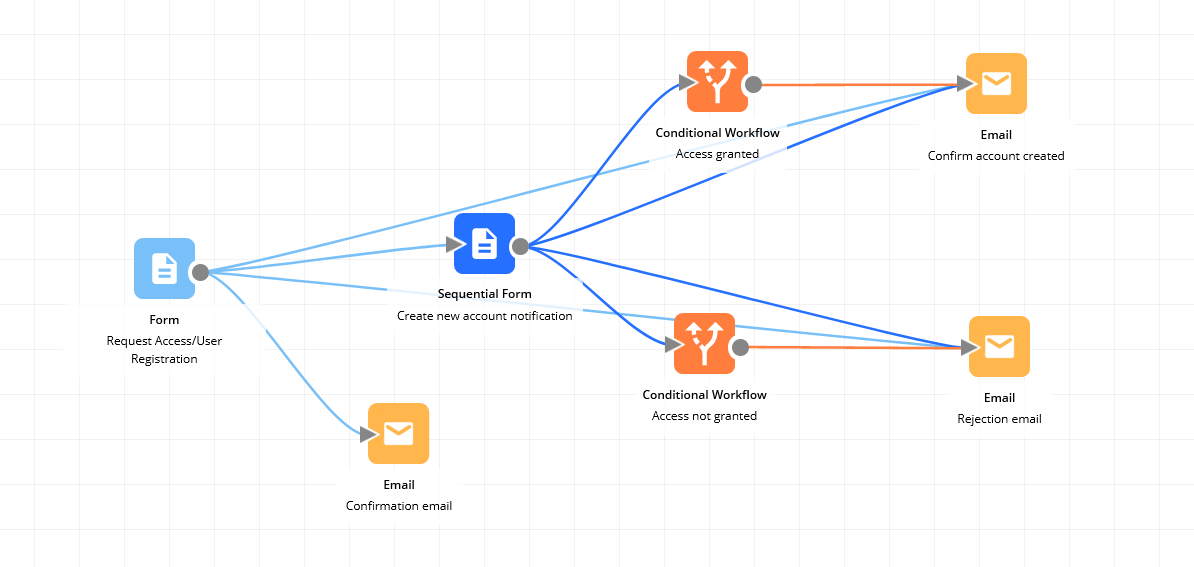
✅ After

❌ Before
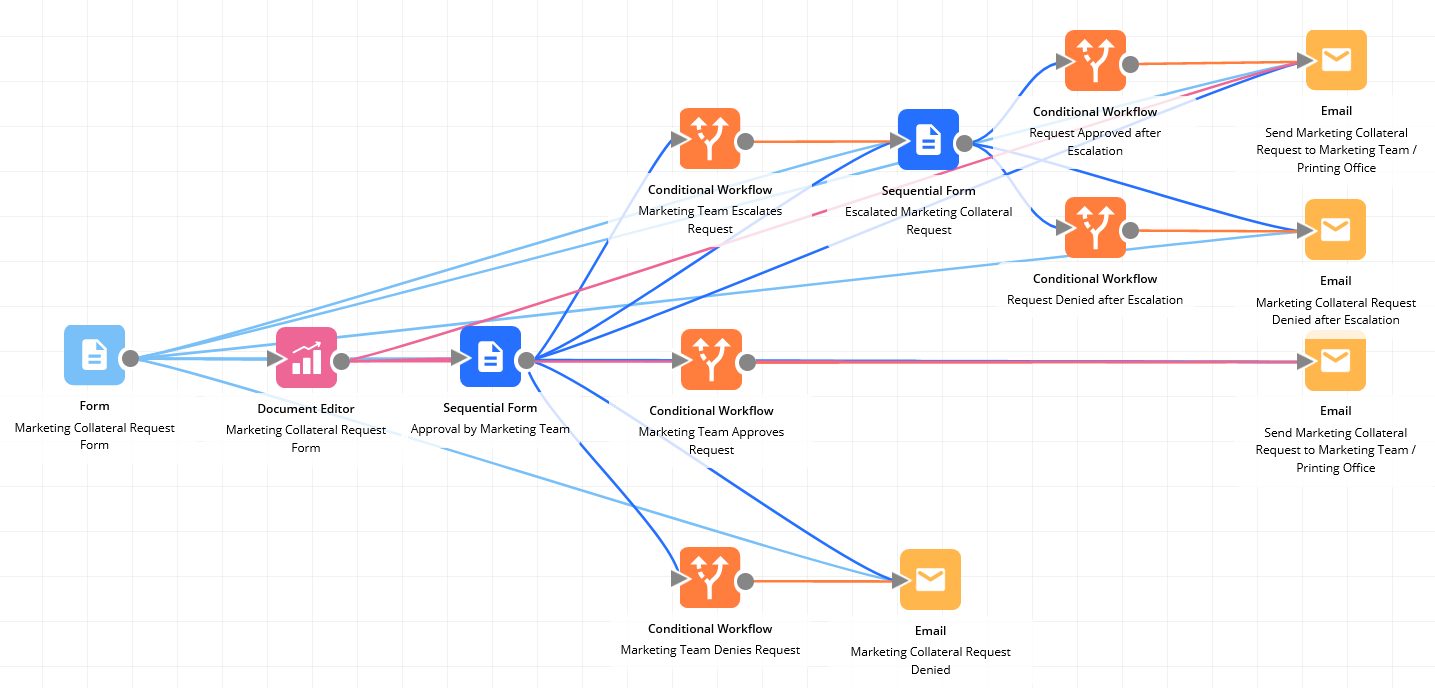
✅ After
